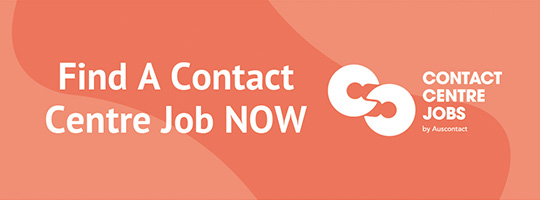When it comes to customer service, contact centres serve as the primary interface for businesses to engage with their customers. They can build or break your organisational reputation with customers, co-delivering the experience your customers remember and talk about. Traditionally, the success of these centres has been measured through key performance indicators (KPIs) such as Average Handling Time (AHT), Net Promoter Score (NPS), Customer Satisfaction (CSAT) and First Contact Resolution (FCR)
While these metrics have their place, it’s time for a paradigm shift—one that steers the conversation away from agent behaviour and KPIs and places the customer journey and perspective at the forefront.
The Customer’s Agenda: Quick Issue Resolution
When customers reach out to contact centres, their primary objective is straightforward: swift and efficient issue resolution. Customers are seeking practical solutions and timely assistance.
In this context, it’s clear that an excessive focus on tracking KPIs like average handling time, speed to answer, net promotor score, customer satisfaction and first-call resolution may not always align perfectly with the customer’s perspective. While these metrics are undeniably important, they do not always capture the essence of the customer experience and might be well placed left in your workforce management and planning team. In this competitive environment, it is essential to pivot towards prioritizing the customer’s needs in contact centre operations. If ‘what’s measures matters’, it is critical to build measures of success that align to your organisational goals, and if these are customer-focused, those same old metrics won’t support growth or differentiation.
A Deeper Dive: The Customer Journey
Enhancing contact centre performance necessitates a deeper understanding of the customer journey. This journey commences long before a customer interacts with an agent, often involving engagements with Interactive Voice Response (IVR) systems, chatbots, and self-service applications. It is only after navigating these digital touchpoints that customers finally reach an agent. How your customer feels about their interaction with you will include all touchpoints and attempts to resolve their issue.
To meaningfully improve contact centre performance, it is imperative to scrutinize every phase of this journey. Rather than solely focusing on agent behaviour, our research recommends evaluating how these digital touchpoints contribute to the customer experience.
Are IVRs user-friendly or overly complex? Do chatbots offer valuable assistance, and are self-service apps intuitive? These are the critical questions that demand answers.
The Root Cause: Identifying Process Bottlenecks
To establish a genuinely customer-centric contact centre, the identification and rectification of process bottlenecks that impede rapid issue resolution are paramount. Our research highlights the significance of this step and we advocate for a comprehensive time and motion study to pinpoint precisely where these bottlenecks occur and where agent performance falls short.
Addressing these process bottlenecks will not only make a difference to your current customer service, but it will set you up for any digital transitions, technology shifts, or adoption of emerging and innovative solutions for your contact centre and your customer experience. Streamlining these processes and enhancing their alignment with customer needs, allows contact centres to significantly enhance overall performance, and the bonus is that you don’t need to wait for new tools or systems to get on with optimisation.
Gamified Coaching and Microlearning: Customer-Centric Training
Once process bottlenecks have been identified and rectified, the final step in our approach is to empower agents through gamified coaching and microlearning. Remember, no gamification strategy can adequately compensate for cumbersome, inefficient processes that hinder agents’ ability to serve customers promptly. If you are going down the gamification pathway, the primary objective is not merely to improve agent KPIs but to equip agents with the tools to deliver an exceptional customer experience.
This customer-centric training approach ensures agents are well-prepared to resolve customer issues promptly and satisfactorily. Gamified coaching aims to assist agents in developing the skills necessary to navigate complex processes efficiently. Microlearning modules are designed to bridge knowledge gaps and enhance agent effectiveness in meeting customer needs.
The Holistic Approach
While Enterprise Gamification remains a valuable tool, our research and experience with global enterprises have reinforced the importance of a paradigm shift which sees your focus revolving around optimising processes and touchpoints from the customer’s perspective.
A holistic approach to contact centre performance means streamlining IVRs, improving chatbot interactions, and enhancing self-service applications. It means identifying and eliminating process bottlenecks that obstruct efficient issue resolution. It means equipping agents with the tools and knowledge they need to serve customers effectively and empowering them to use what they know and the tools they have to really solve the issues for your customers.
The true measure of a contact centre’s success lies not in its ability to meet arbitrary KPIs, but in its capacity to provide exceptional service that aligns with the customer’s agenda. Most customers will tell you they would rather wait a little longer to be served if it means their issues are resolved. Instead of chasing KPIs for their own sake, let’s prioritise what truly matters: the customer’s experience and journey.










Comments are closed.